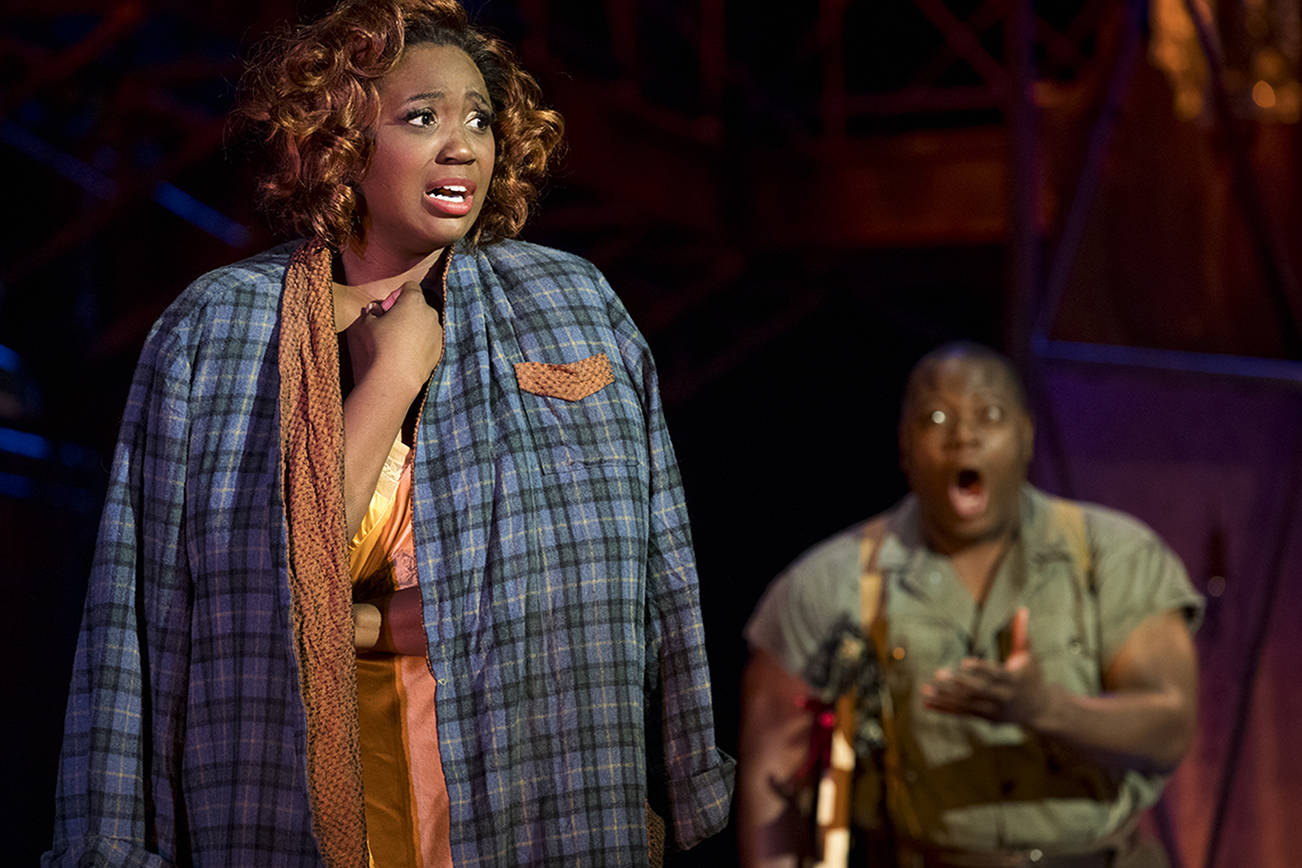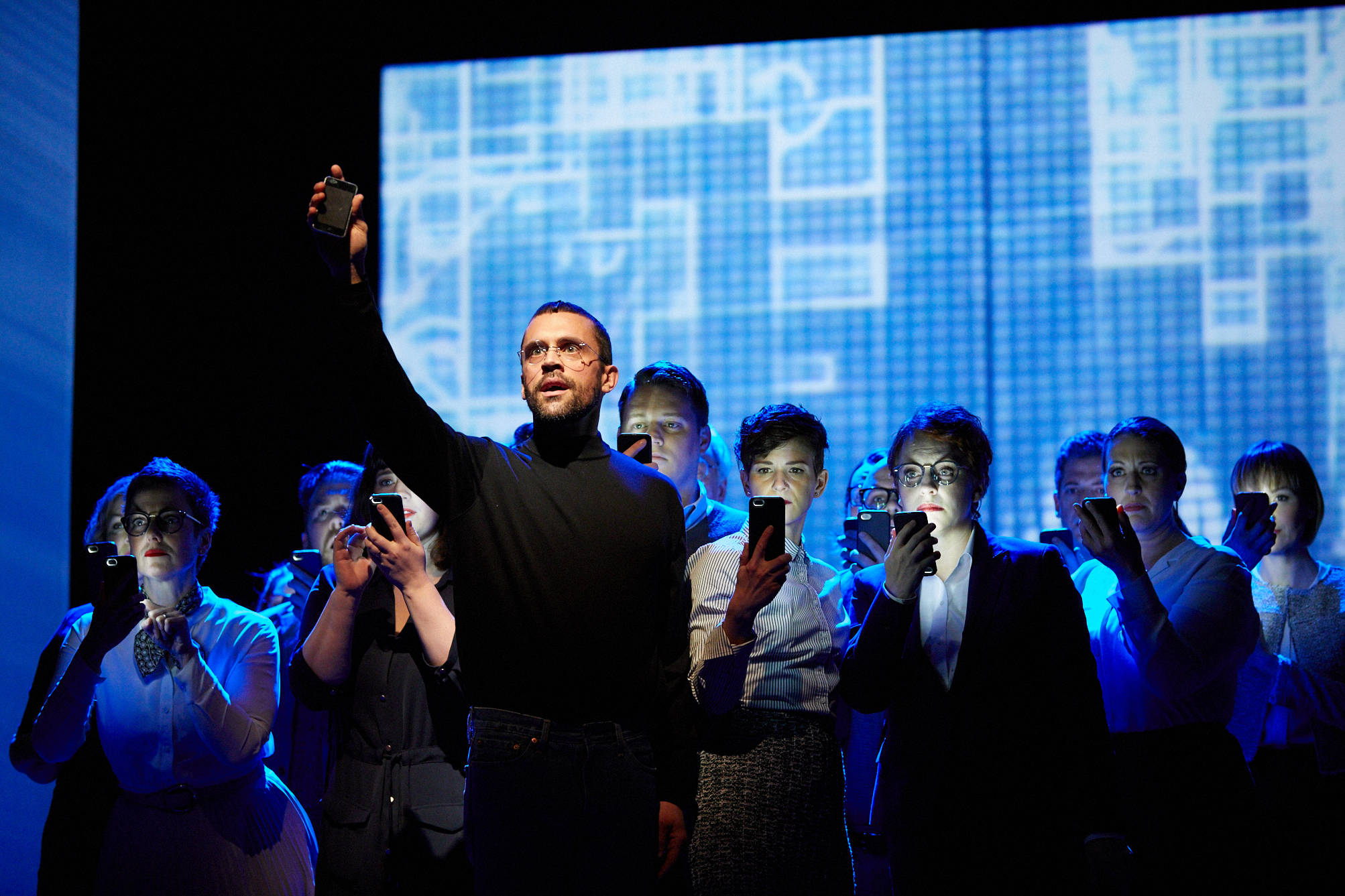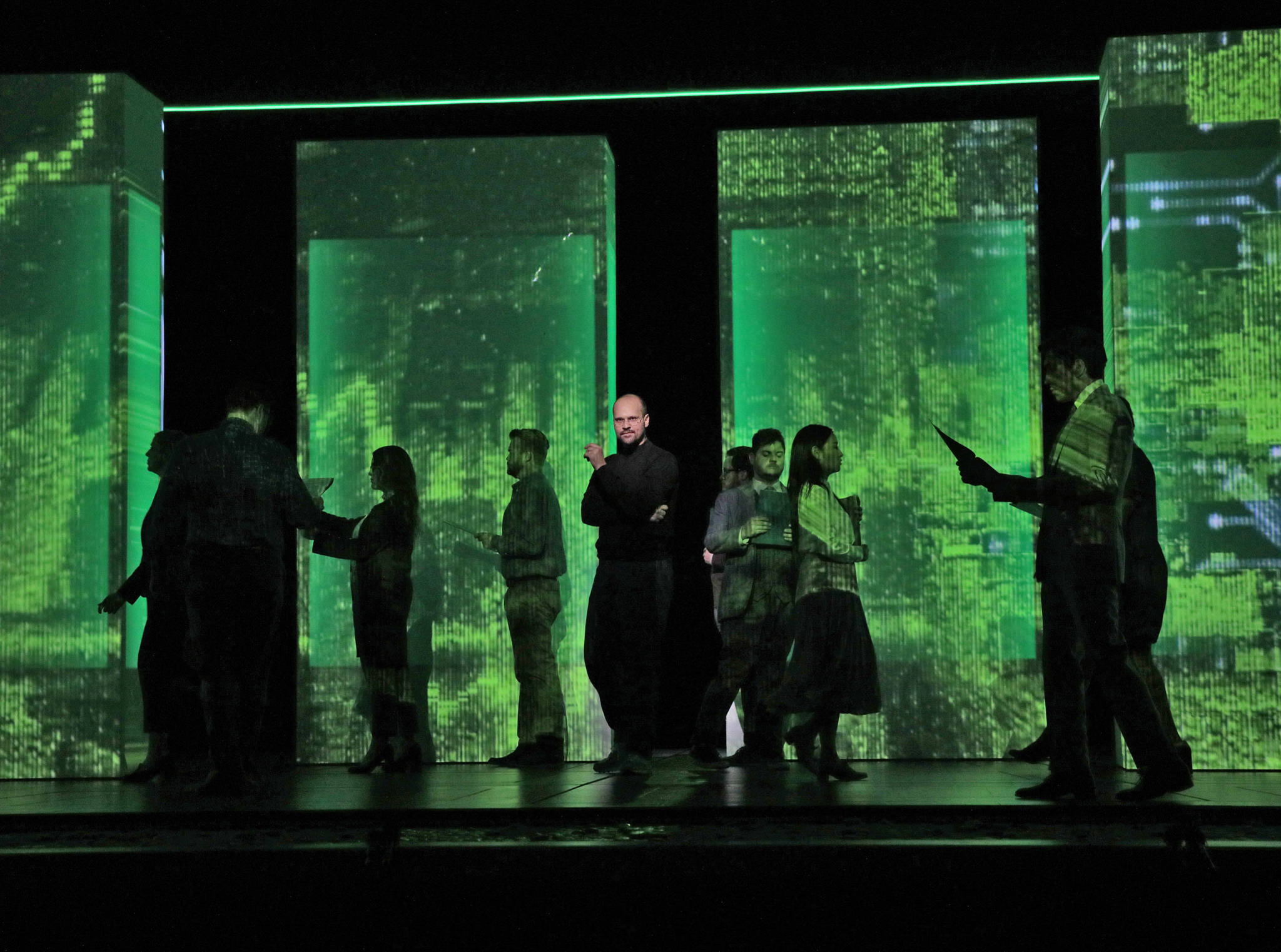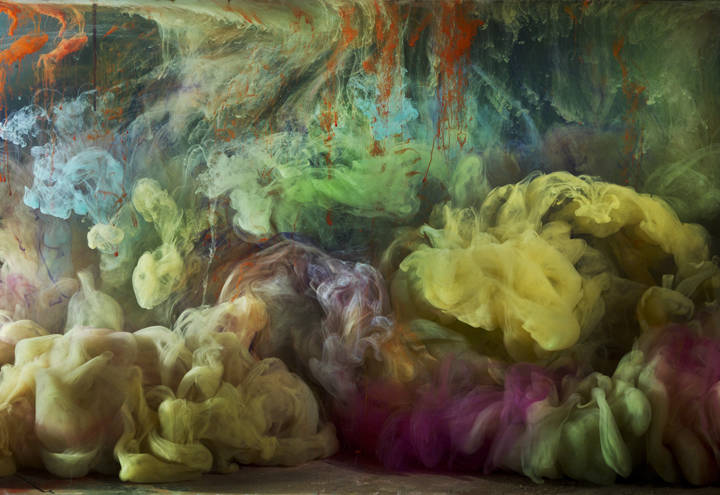Composer/critic Virgil Thomson was probably the first to pinpoint a reason that George Gershwin’s Porgy and Bess is even today problematic for some. “Fake folklore,” he called it in a thinkpiece written a month after the opera’s 1935 premiere; “a libretto that should never have been accepted on a subject that should never have been chosen.” He objected, as many still do, to a white composer and a white librettist—DuBose Heyward, who adapted it from his own 1925 novel—telling a story about people of color: “Folklore subjects recounted by an outsider are only valid as long as the the folk in question is unable to speak for itself, which is certainly not true of the American Negro in 1935.” Was it? (Thomson’s evaluation of P&B, which both enthralled and troubled him, is not untinged with envy and a hint of hypocrisy, considering his own Four Saints in Three Acts, the previous year’s operatic cause célèbre, had used an all-black cast for eyebrow-raisingly paternalistic and essentialist reasons. Then there’s his wince-making wisecrack about the Jewish Gershwin’s “gefiltefish orchestration,” by which he seems to have meant slick and Hollywoody.)
Landing squarely in our current debate over cultural appropriation—and, in a broader sense, over how our opinion of an artwork is colored by what we know about an artist—is just one way the issues P&B’s history and narrative raise remain a vexing part of our social conversation. Its up-to-the-minute resonances are legion, as will be obvious to anyone who attends Seattle Opera’s current production, which opened Saturday: both in the way African Americans are treated by a white-run justice system and the way women are treated in a male-run society. But what acquits the piece, as I believe this production abundantly proves, is what a cast can do with it. Unlike film and television, obviously, live-performance artworks aren’t fixed, they’re reborn each time they’re staged—anyone self-debating whether to let go of The Cosby Show or Annie Hall can attend this P&B and hear the singers make it, grippingly and magnificently, their own. This production becomes so much more their characters’ story than Gershwin and Heyward’s.
There are indeed scenes here that are difficult to watch—but for a reason I’ve never before encountered at Seattle Opera: They are so intimate, so personal, so full of lived reality, that I felt like an intruder—as if there were a hole in some imaginary wall wrongly allowing me access to moments that should be private. Should I be watching this funeral? Or this prayer vigil at Bess’ bedside? Much credit for this phenomenon goes to cast members Mary Elizabeth Williams and Judith Skinner, who are aflame as Serena and Maria, the powerful moral consciences of Catfish Row, the South Carolina coastal hamlet where the opera is set.
It’s hard to regard characters so richly human as one-dimensional, one criticism sometimes leveled at P&B. On opening night, Angel Blue made Bess as throbbingly emotive and morally ambiguous a role as Carmen or Tosca. (Elizabeth Llewellyn plays her in the alternate cast.) Here too are raised questions from today’s headlines: When Crown, her lover prior to meeting Porgy, lures her back in Act 1’s crushing climax, is she capitulating to coercion or exercising sexual agency? The three men in Bess’ life, each intensified by a top-notch performance, also deny us the comfort of easy answers: Lester Lynch’s Crown is a bully, yet brave enough to brave the Act 2 hurricane that strikes the town; Alfred Walker’s Porgy (Kevin Short in the alternate cast) is both a sensitive romantic hero and a murderer; and, perhaps most disturbingly, the amoral dope peddler Sportin’ Life is a hell of a lot of fun to watch. Jermaine Smith’s serpentine performance gives the show a shot of straight-up musical-comedy pizzazz.
As does the chorus, which under Eric Sean Fogel’s choreography dances more than any chorus I can recall in a SO production. The show’s conductor, John DeMain, also led the 1976 Houston Grand Opera staging that brought P&B fully back into the public eye after decades of nips, tucks and neglect, and consequently knows the piece better than anyone alive. His triumph is to make unforgettable Gershwin’s moments of musical genius. There are the immortal tunes, of course, but also subtler details, like the innovative percussion interlude that leads into the picnic scene or the brilliant dramatic effect in Serena’s lament, “My Man’s Gone Now”: a choral crescendo that breaks off at its height to reveal Serena’s soft solo note, from which she too then crescendos. Despite his misgivings, when Thomson looked at what other American opera composers were up to, he was moved to assert that P&B was “a more important event in America’s artistic life” than any of them. I’m similarly inclined to say this staging is a more important event in Seattle musical life (barring maybe a few world premieres and, OK, its Ring) than anything else SO has offered.
Porgy and Bess
Thru Aug 19 | McCaw Hall | $89–$249 | seattleopera.org








